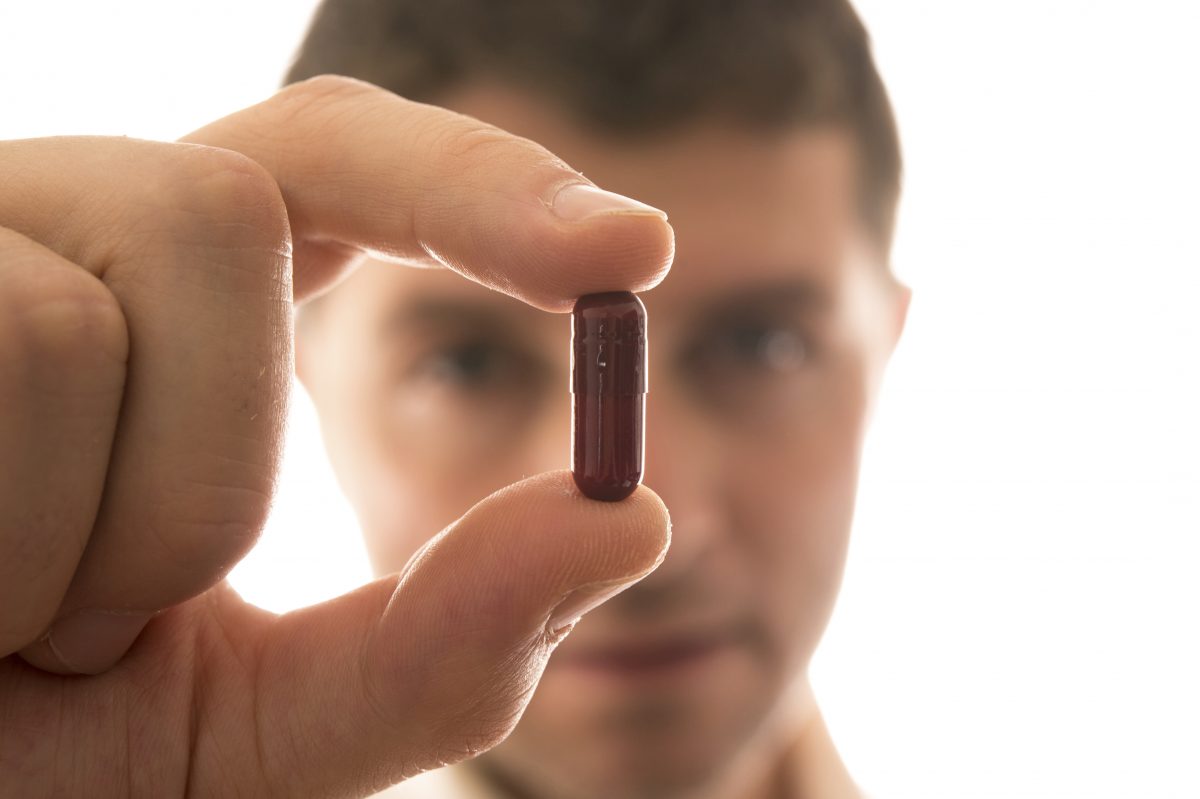


Humans often struggle to comprehend the impact of unseen factors on our health. For example, while we are aware of the detrimental effects of processed food due to its visible consequences, we often underestimate the impact of countless imperceptible elements in our daily lives.
One group of such substances is manmade chemicals, such as phthalates, which significantly influence our overall well-being. Phthalates are frequently used to enhance the durability of plastics and are commonly present in various household and personal care products such as shampoo, hair sprays, and laundry detergent.
What remains relatively unknown is that phthalates serve as a common ingredient in numerous easily accessible pharmaceutical drugs. This raises concerns about the potential risks associated with exposure to phthalates, as they have been linked to various health issues, including reproductive and developmental problems, hormonal disruptions, and even certain types of cancer.
As bakers rely on butter to create various pastries, chemists often rely on versatile phthalates to formulate different products, including pharmaceuticals. “Pharmaceutical companies that produce gastrointestinal (GI) medications often utilize phthalates for their ability to localize medication release,” according to an article published in the World Journal of Gastroenterology. Essentially, phthalates enhance the effectiveness of certain drugs through various mechanisms.
Phthalates have high compatibility with a wide range of ingredients and oils. They can also slow evaporation and give products long-term stability.
These properties make phthalates attractive for their solvent capabilities in liquid formulations and as plasticizers for plastic products and packaging, according to Homer Swei, senior vice president of Healthy Living Science for the Environmental Working Group. They can help maintain ingredient integrity, regulate the release and delivery of functional components, and enhance durability, he added.
A research report investigating the use of phthalates as ingredients in drugs found a wide range of prescription and over-the-counter (OTC) products and supplements from different therapeutic categories that incorporate various phthalates. The report found that phthalates are used in these products as “inactive” ingredients. The purpose of any inactive ingredient in a medicine is usually to improve the efficacy of active agents that alleviate symptoms, mitigate a medicine’s bitter taste, or preserve medications until their expiration date.
While phthalates can be found in both prescription and nonprescription drugs, they are very commonly used in medications designed to treat GI symptoms associated with conditions like acid reflux. Over 20 million Americans take these drugs, known as proton pump inhibitors.
However, some medical professionals express concerns that the phthalates contained in these drugs may have adverse effects. “Exposure to low dosages like in drugs can change gene expression by reprogramming the molecular system in cells, protein level, receptor expression, and DNA methylation,” said Dr. Luíza Mirpuri, a renowned phthalate expert. “All of these are known to influence health adversely.”
Further research is necessary to understand the extent of these potential risks fully.
Phthalates are categorized as endocrine-disrupting chemicals, which can interfere with the normal functioning of male and female hormones.
Research has established a link between phthalate exposure and male and female infertility, birth abnormalities, and cancer.
Significant apprehension regarding their impact on human health has prompted regulatory agencies in the European Union, Japan, and Canada to ban or significantly restrict the use of many types of phthalates.
To explore the potential impact of phthalates on human health, a team of Danish researchers conducted a study to examine whether there was an association between phthalate exposure via pharmaceuticals and higher breast cancer rates.
The study’s hypothesis was based on the understanding that phthalates, known for their estrogen-mimicking properties, could potentially influence the occurrence of estrogen receptor-positive breast cancer.
In a comprehensive review involving almost 10 million women, the researchers found that women exposed to high levels of phthalates had a two-fold increase in the likelihood of developing breast cancer. “Our results suggest that women should avoid high-level exposure to dibutyl phthalate, such as through long-term treatment with pharmaceuticals formulated with dibutyl phthalate,” the study’s authors noted. Dibutyl phthalate is used to enhance the flexibility and softness of plastics.
Although this study was the first to investigate the correlation between phthalates in drugs and their impact on breast cancer, its findings align with a growing body of evidence that consistently demonstrates a parallel relationship.
While the U.S. Food and Drug Administration (FDA) is widely perceived to have stringent oversight in the regulatory process for phthalate-containing drugs entering the market, a paper published in Environmental Health Prospects brought attention to the fact that certain phthalates are not technically approved for general use as excipients, which refer to inactive ingredients. Instead, they are allowed to be included in their approved drug products with specific maximum levels.
Furthermore, according to the Environmental Health Prospects paper, a comprehensive review of the formulation of nonprescription drugs like certain acid reflux medications is not guaranteed. OTC drugs do not require the same ingredient review as their prescription drug counterparts as long as no new ingredients are included.
While the FDA may know the ingredients in certain drugs, manufacturers are not obligated to disclose a complete ingredient list to the public due to patent protection laws. As a result, consumers may be unaware of whether a particular drug contains phthalates.
According to Mirpuri, there is concern that regulatory agencies, such as the FDA, may not fully grasp the potential health risks associated with phthalates. “They say that low-dose exposure is harmless,” she said. “I find this to be unacceptable as a doctor,” she went on, citing literature demonstrating phthalates at low doses can impair male fertility and accelerate liver damage.
Mirpuri drew a comparison between phthalates and DDT, an insecticide that was widely produced in the past but is now banned due to its cancer-causing properties. According to her, the similarity lies in the fact that both substances were not initially recognized as significant pollutants or contaminants. However, they share the ability to persist, accumulate, and exhibit intricate toxic effects.
“I believe them to be another ‘Silent Spring,’” she added.
